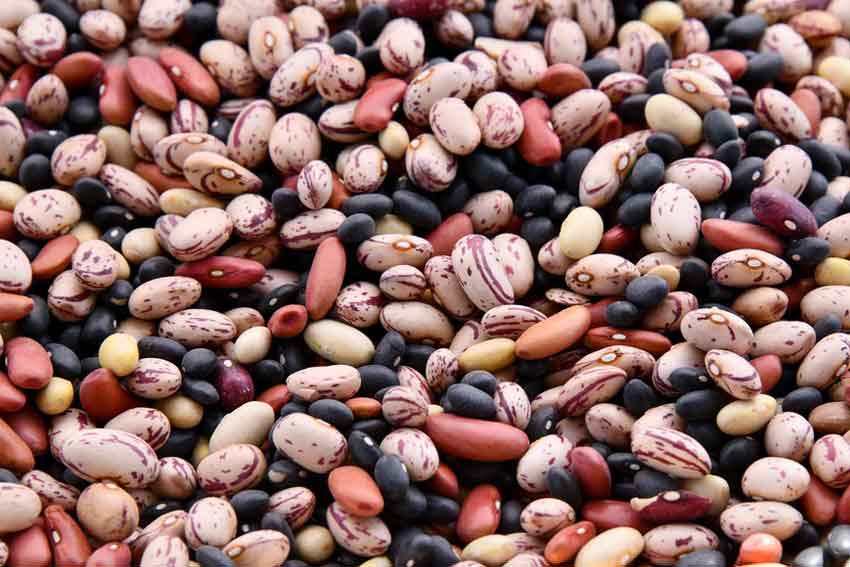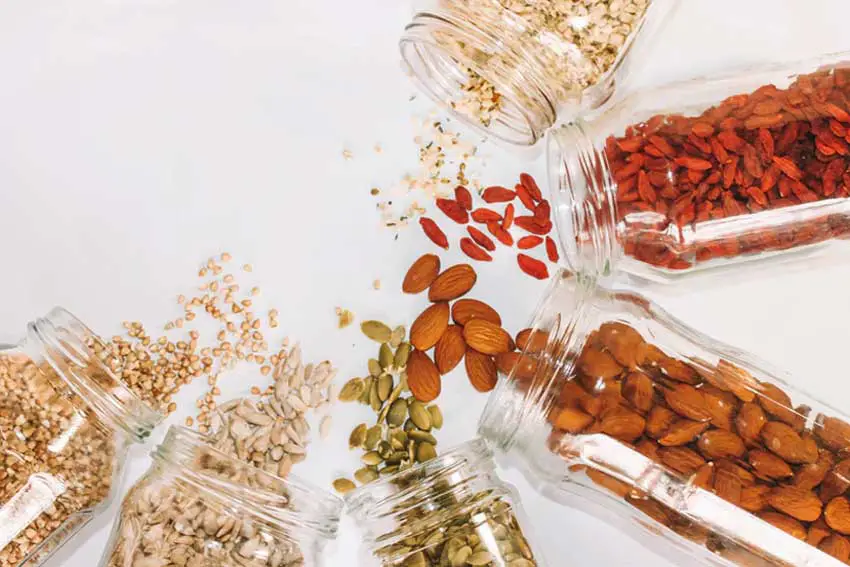How to plant frozen seeds, is a well-known question asked by gardening enthusiasts. We’ll be discussing the process in detail.
Before planting frozen seeds, inspect the entire seed bag to determine if any seeds have become brittle or damaged. Even after a long time of freezing, the seeds will still be viable for germination.
Nevertheless, if correct storage strategies are not used, germination rates may be depleted. Freezing is a standard method for prolonging the viability of seeds of all species.
This process does not harm the seeds but allows them to remain viable longer than if they were stored at ambient temperature. So, you must follow it up with prudence while planting the frozen seeds.
So, How To Plant Frozen Seeds?

You can shoot seeds that have been frozen; it takes the same amount of time to sprout, and the sprouting rates stay the same at room temperature conditions. When planting frozen seeds like pepper, you must adhere to several fundamental criteria, which are outlined below:
- Collect the disease-free and best seeds
- Sterilize the whole seeds carefully with the disinfectant
- Spray a paper towel or coffee filter gently with water and soak until soggy
- Before preserving the seeds, make sure they are absolutely dry, not being fragile
- Place the seeds beneath it in an airtight clear plastic or ziplock bag in a warmer place
- Label them with the seed name and time as if you may not mix them with other seeds
- Check the seeds in the bag regularly to see if they have sprouted
- Until the seed sprouted, you need to check whether the towel gets dry
- Re-moisten the towel with water spray carefully as if it may not too much soggy
- You must ensure in a subtle way that the insects attack the seeds
- Evaluate the germination period of the specific type of seeds, as it differs from species to species
- Until the seed germinates to sprout, you have to inspect it regularly
Criteria for Planting Frozen Seeds: Seed Stratification
Every seed has its own set of criteria for yielding the plumpest seedling. Some seeds require cold treatment for proper germination and sprouting.
For the finest yields, seeds require optimal temperature and certain environmental conditions. Seed stratification is the system by which seed latency is disrupted to enhance and strengthen germination.
For seed stratification to be viable, the precise circumstances required for breaking dormancy in nature must be replicated in production. Some seeds require warmer and soggy conditions, whereas some require cold and damp conditions.
Several seeds, however, require a mixture of warm and cold circumference conditions pursued by a torrid or a combination of torrid and frigid pursued by an arid period and torrid periods to germinate. Therefore, determining whether seeds necessitate disrupting dormancy is crucial before commencing any seed stratification task.
Seeds Frozen Stratification
When you initiate cold treatment in the late summer or fall, place the seeds in a pot of soil and dig the pot into the land. In the spring, the seeds will sprout.
If you are commencing the task in the initial seasons, soak the seeds thoroughly for 12 to 24 hours before placing them in a plastic baggie or ziplock container with roughly equivalent portions of sand and peat.
Sterilization of Seeds Before Freezing
Sterilizing seeds before freezing with a chlorine bleach solution helps efficiently eliminate bacterial pathogens and certain viruses (e.g., tobacco mosaic virus) from their surfaces.
With the disinfection solution, add a drop or two of liquid dishwashing detergent or a commercialized surfactant such as activator 90 or silwet, which is the most agrochemical treatment, along with pesticide formulations, that can benefit from the use of ECO super disperse as an efficient adjuvant.
Prior seed sterilization is required for Arabidopsis seedling germination on various types of sterilized substrate to eliminate microbial pathogens such as fungus and bacteria present on the surface of the seed.
How Long Do Frozen Seeds Last In Freezer

By freezing the seeds in a baggie at around -15F and storing it in the freezer all the time, most of the seeds may last at least 5 years. Within this span of time, the freezer can only be opened a few times per year.
If rigorously managed, it can endure for more than 20 years with some resilient types of seeds. This is the realm of severe seed savers. Excessive time expended opening the seed baggie may reduce the seeds enduring span to the invasion of micro bacterial infections.
Typically vegetable seeds persist for 2 to 3 years, although some, like onions, perish within a year. Lettuce, like the other species, may grow effectively after five years. The safest approach to storing seeds is to ensure that they are dry, then store them in an airtight container at a steady cold temperature.
Conclusion on How to Plant Frozen Seeds
The germination rate of your seeds will enhance if you follow the criterion of placing the frozen seeds properly and commensurately. Here are provided the fundamental process of planting frozen seeds in a paramount manner.
By following the right strategy of storing seeds in the freezer, you may obtain the best results for the viability of seeds of any species. Necessitating the way of planting the frozen seeds (like store-bought squash seeds) you will get the optimum germination rate of the seeds.
A video on frozen seed germination:

I’m Shofi, a passionate gardener and blogger. I have 10+ years of experience in gardening and hold certifications in horticulture and garden design. I share my knowledge and skills through my garden blog to inspire and educate others on the joys of gardening. I try to provide valuable information and create a community for gardeners of all levels to connect and learn. My ultimate goal is to inspire others to start their own gardens and connect with nature.
